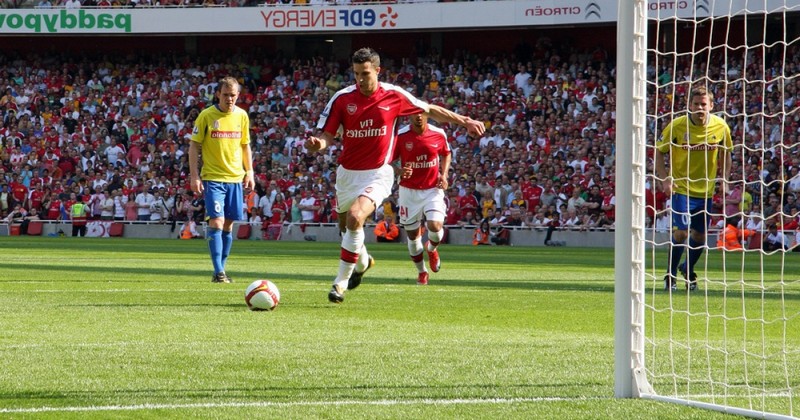Concentration in penalty kicks

One of the key moments in soccer can depend on our state of concentration.
In any sport there are situations in which the importance of the psychological aspect becomes really noticeable. Penalty kicks are a good example of this type of situation..
At the moment when players have to take penalties they usually feel under pressure, especially if the penalties are decisive in the classification of a team within a championship. When feeling under pressure it is more complicated to be precise, because it is difficult to maintain an optimal level of concentration. it is difficult to maintain an optimal level of concentration.. That is why in order to have more chances to successfully take a penalty kick, skills such as concentration must be trained.
What does concentration consist of?
Knowing how to concentrate is knowing how to to pay attention to what is really important at a given moment. To master this skill it is necessary to learn to differentiate the different focuses of attention, to know how to switch from one to another depending on the context, and to regain concentration if it is lost due to a distraction.
The direction of the focus of attention can be internal (for example, on one's emotions, thoughts, or sensations) or external (for example, on the environment such as the audience, the goal, or the ball). The breadth of focus can be broad (e.g., focusing on various aspects of the game) or narrow (e.g., focusing on a specific place in the goal where they are trying to put the ball).
By bringing the different foci of attention together, four types of attentional control emerge: evaluation, analysis, preparation, and performance. One way to improve penalty kick training is to have players practice all of these types so that they learn to use the most appropriate one..
How does it affect concentration on penalties?
The coach can make use of evaluation (broad and external focus) by playing videos of penalties that do or do not end in a goal for the players to evaluate the characteristics of both.
To train analysis (broad and internal focus), players can practice reflecting on the thoughts they have during penalties, noting which ones helped them the most and which ones did not. Another way to use this focus is to reflect on the penalties they have had in competition and note two aspects that they have done well and one that they need to improve.
Preparation (narrow and internal focus), can be done during the competition and during training.. To do this, once players know they have to take a penalty kick, they can practice switching to this type of focus. The best way to start using this type of attention control is to take a deep breath. Four breaths are usually enough to focus on that very moment. Once they are focused they can tell themselves the steps they are going to take when taking the penalty kick, or if it is easier they can visualize themselves successfully taking the penalty kick.
Finally, it is time to act (narrow and external focus). To do this, when the referee blows the whistle the players must take their time, without rushing, keeping the focus mentally for at least 10 seconds and focusing on where they want to send the ball. Once they are clear about where they want to throw the ball they have to shoot firmly, without hesitation..
Mistakes and distractions
Players often lose concentration, among other reasons, because of distractions. If they use a type of attention control that is not appropriate for the activity at that particular moment, players are often distracted by details that are not important at that moment. are often distracted by details that are not important at the time.. That is why it is important to practice the different types of focus and to gain practice in exercises in which they become accustomed to maintaining concentration.
Another way to train concentration in penalties is to reflect on their sources of distractions. They need to recognize whether what is distracting them is of internal origin (such as lack of self-confidence, negative internal monologue) or external (e.g. the audience applauding and shouting in the stands). Being aware of what is bothering them is the first step in being able to maintain concentration and perform optimally.
Once distractions have been identified, the next step is to refocus attention. To do this, players can use phrases or words that help them. As the inner monologue is a very personal thing, it is up to the players themselves to reflect and choose the words or phrases that work for them (e.g. 'let's go for it', 'you can do it').
The advantages of simulation
Finally, a practice that elite athletes especially use is the simulation of aspects of competition. The aim is to recreate a training environment as close as possible to the competition so that when the players have to shoot so that when the players have to take a penalty kick in an important match, they don't notice the difference.
One of the aspects in which competitions are different from training and which increase the pressure on the players are the sounds; for example, the referee's whistle when he signals the start of the penalty kick, or the screams of the crowd. In training the players do not usually hear these types of sounds; therefore, if they get used to training as close to the championships as possible, they will be better prepared for when they have to take penalties. Another way to recreate the atmosphere of the championships, especially when the event is approaching, is to train in the same clothes they will be wearing when they compete.
Alicia Plaza, Psychologist
(Updated at Apr 12 / 2024)